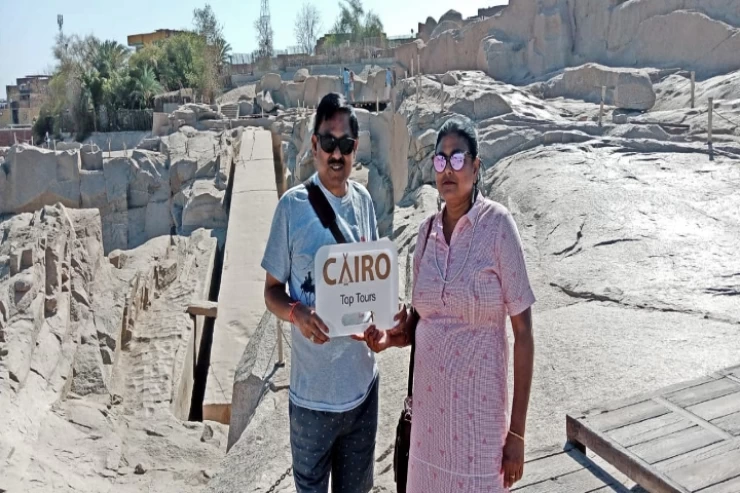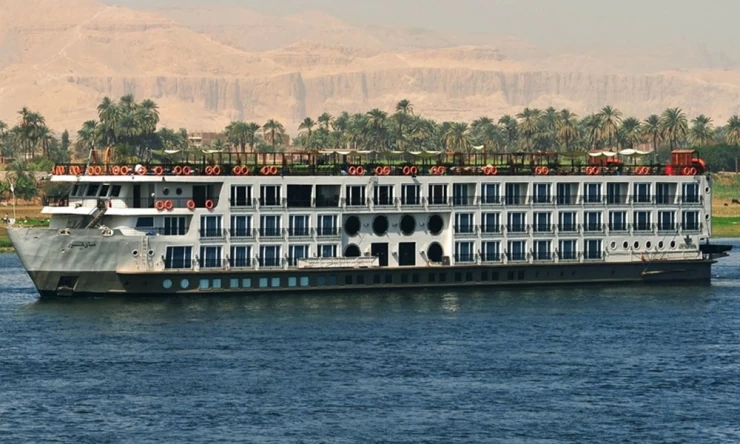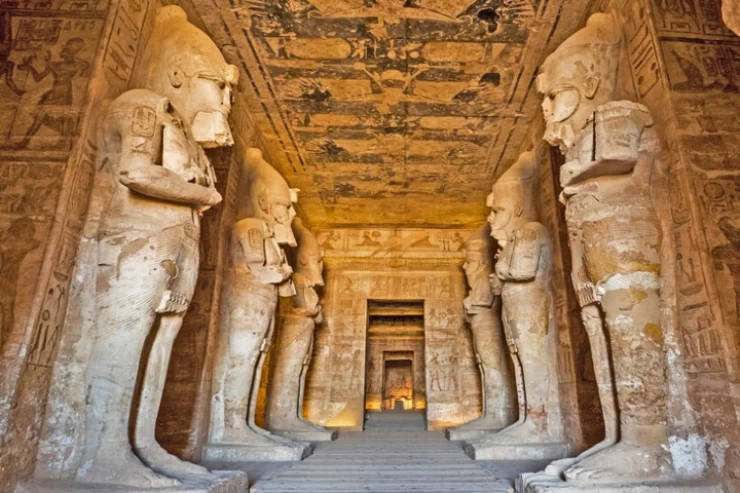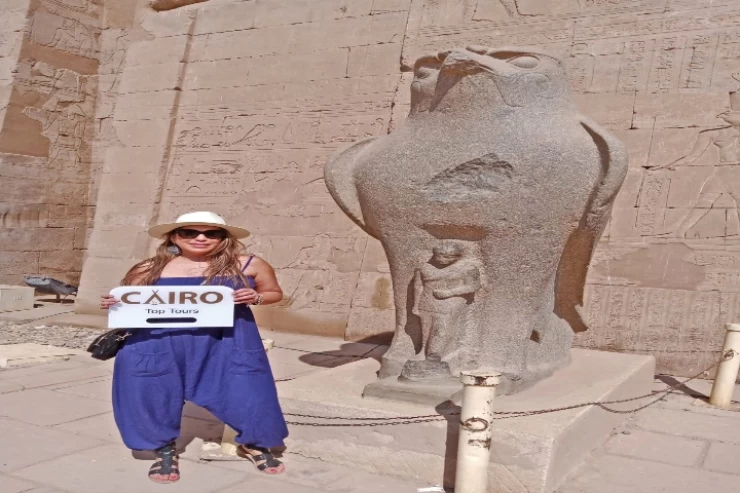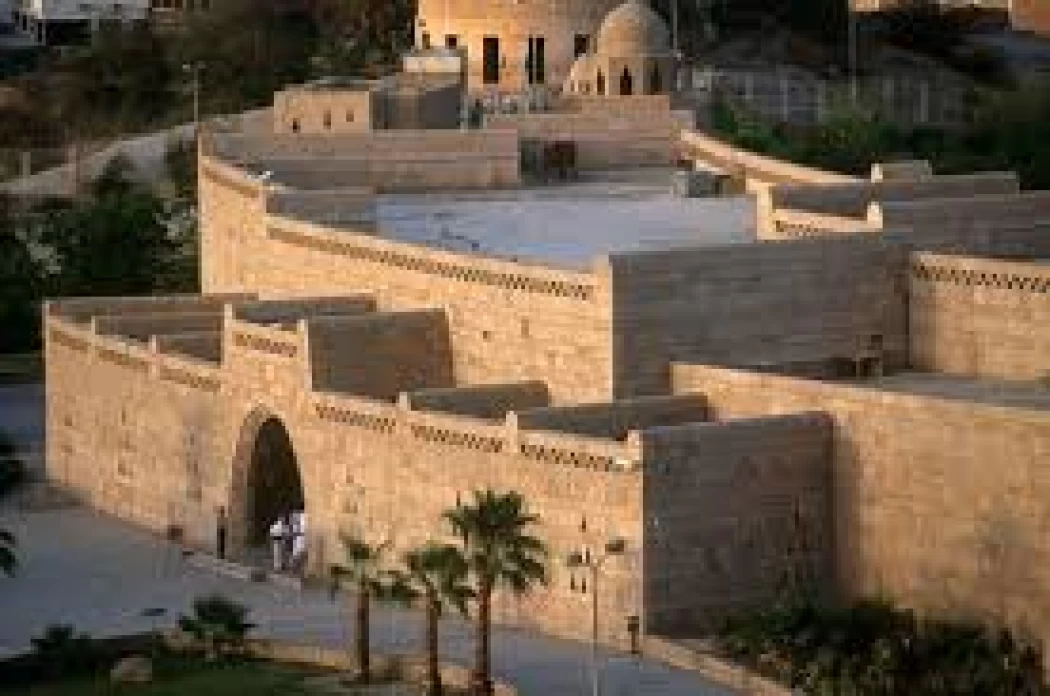
The Nubian Museum in Aswan
The Nubian Museum of Aswan was designed by the Engineer Mahmoud El Hakim, who implemented it with the utmost precision and magnificence. The architecture of the Museum makes it compatible with the surrounding environment of rocks, hills, and the nature of the scorching sun of Aswan. Don’t miss visiting Aswan and experiencing the Egypt Nile cruise Trip sailing between Luxor and Aswan.
The museum is placed in an archaeological area, one of the most significant and beautiful areas in Aswan. It occupies a high hill adjacent to the Islamic Fatimid domes and is characterized by the Nubian style of architecture that the Pharaonic tombs inspired the designers. In 2001, The building won the award for the most beautiful architectural building in the world. Aswan city is very rich with archeological discoveries which you shouldn’t miss during your Egypt Classic Tours during your visit to Egypt.
In 1982 a 200,000-year-old human skeleton was found Among the most famous artifacts in the Kobaniya area of Aswan. The museum includes 5,000 pieces of artifacts that reflect the development stages of Nubian civilization. Concerning the Architectural design that is one of the best you will see on Aswan Day Tours, the museum includes a museum garden at the highest level, a prehistoric cave with its enchanting rock carvings, the Nubian house and the surrounding lake, and a minaret made according to the Islamic-style.
The areas whose collections represent the main pieces of the museum are Ballana and Qastal. This discovery was made by the archaeologist Walters Amery 1929-1931, which archaeologists believe that was no less than the discovery of the tomb of Tutankhamun in Egypt, which was discovered by Howard Carter 1924. In these tombs is a rich collection of jewelry, weapons, pottery vessels, bronze, and silver crowns decorated with precious stones, bronze lamps representing the sixth century AD, Christian Nubia and what it represents of icons, fresco, tools, and pottery, an explanation of the gradual realization of Islam within Nubia, the Baqt papyrus, Mamluk-style clothing, and pottery vessels painted in Persian styles.







